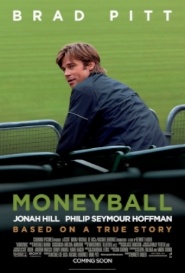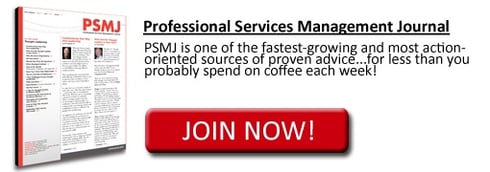 I had been told by several people that I had to watch the movie Moneyball. They told me that it was a great movie that had great lessons about business, management, and the power of data. This sounded right up my alley so I recently watched it.
I had been told by several people that I had to watch the movie Moneyball. They told me that it was a great movie that had great lessons about business, management, and the power of data. This sounded right up my alley so I recently watched it.
This is a great movie with some great business lessons. There are numerous articles on the management lessons of “Moneyball” but I thought the movie also had some great lessons related to corporate strategy.
Brad Pitt plays Billy Beane, the general manager of the Oakland A’s. Beane is faced with the challenge of managing a team with one of the lowest team salaries in Major League Baseball. He does this by approaching the game differently than any of his competitors by utilizing statistics and concentrating on the single metric of on-base percentage (which was highly correlated with runs).
This is the first strategy lesson in “Moneyball.” In order to win, you have to differentiate and compete in a different way. This is particularly true when you are dealing with large competitors that have more scale and resources than you do.
All was not smooth sailing for Billy Beane though. Many of his staff, the media, and the public did not believe in his strategy. The A’s started the season off terribly which only helped empower these critics. Despite the criticism and doubt, Beane stuck with his strategy. The next lesson is that strategy takes time and, despite how difficult it seems, you must stay the course and give it time to work.
Things start to fall into place for the A’s once Beane begins to structure the team around his on-base strategy. He fires the head recruiter who would not get on board with the strategy. He trades a star first baseman to force the manager to use a player that better fits the strategy. The lesson here is that you must structure your team to deliver on and strengthen your differentiation.
Even though Beane got the proper structure in place, the A’s still had a problem with execution. It is important to recognize whether strategy or execution is hurting results. Beane figures out that the lack of execution is rooted in the team not understanding his strategy. He had to explain to his staff and players how they played into the strategy and did it by creating a mantra of “get on base.” This is the next lesson in strategy. In order to deliver the best results, your people need to understand your strategy and tools like a mantra can help you do this.
SPOILER ALERT! The A’s go on to break the record for most consecutive wins in the history of the American League but eventually lose in the playoffs. Considering where they started, this was a huge achievement. The Red Sox offer Beane a job to bring his system to Boston but he declines.
Two years later, the Red Sox win the World Series using his system. The final lesson here is that in order to win over the long run, your competitive advantage needs to be sustainable and not easily copied. One way to do this is to create a strategy that will wreck your competitors’ business models if they try to copy you. Beane’s strategy was easily copied by the Red Sox without damaging their “business model,” so the A’s were quickly gobbled up by a competitor with more resources.
How is your strategy unique and sustainable and what will you do differently than your competitors to support it? Once you figure that out, how will you get your team on board and ensure execution? l
About the Author: Jared Jamison, P.E. is a senior vice president and director of operations at Hankins & Anderson in Glen Allen, Virginia (www.ha-inc.com). He is also a VCU Executive MBA program adjunct. He can be reached at j.jamison@ha-inc.com.
This article is included in the July issue of Professional Services Management Journal: Advice for A/E Firm Leaders: Data-Driven, Provocative, Actionable. We invite you to check out the new PSMJ newsletter: Get a free issue and then join to take advantage of the numerous perks available to PSMJ subscribers.
You also might be interested in these sample PSMJ newsletter articles:
Debunking Key Misconceptions of Design-Build
Decision Making: Does Size Matter?



